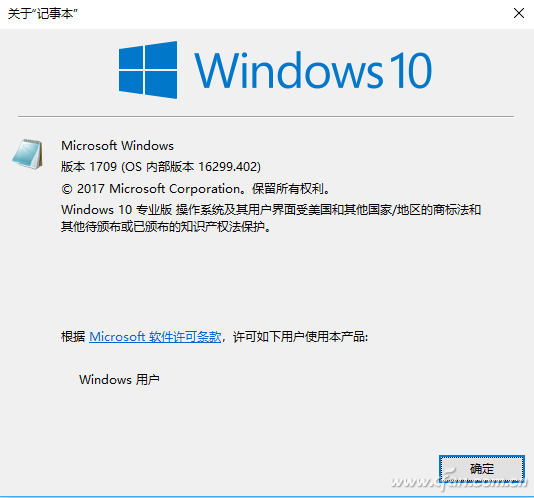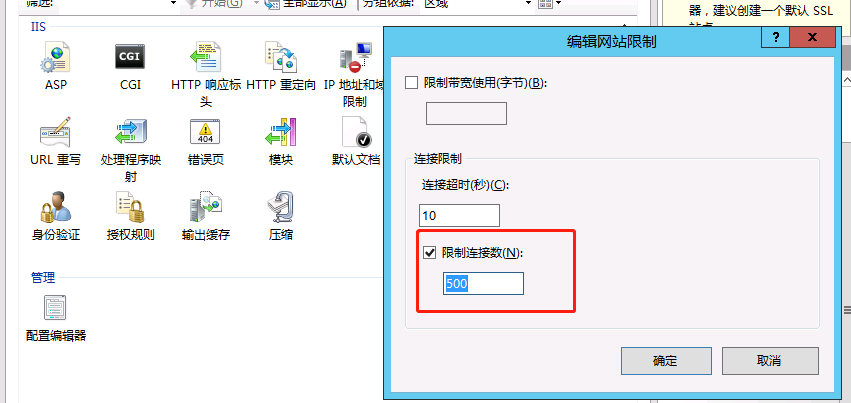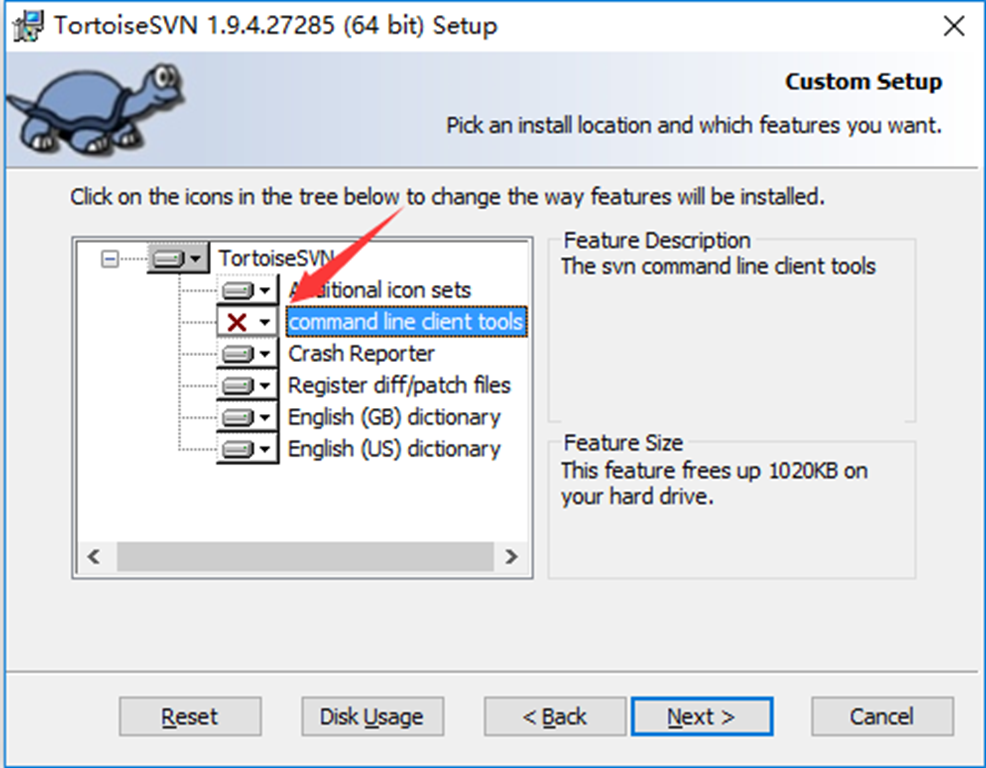对比 Git 与 SVN,这篇讲的很易懂
导语
一、Git vs SVN
Git是分布式的,SVN是集中式的
Git复杂概念多,SVN简单易上手
Git分支廉价,SVN分支昂贵
二、Git 核心概念
工作区(Workspace)是电脑中实际的目录。
暂存区(Index)类似于缓存区域,临时保存你的改动。
仓库区(Repository),分为本地仓库和远程仓库。
git add从工作区提交到暂存区git commit从暂存区提交到本地仓库git push或git svn dcommit从本地仓库提交到远程仓库
三、Git-SVN常用命令
# 下载一个 SVN 项目和它的整个代码历史,并初始化为 Git 代码库 $ git svn clone -s [repository] # 查看当前版本库情况 $ git svn info # 取回远程仓库所有分支的变化 $ git svn fetch # 取回远程仓库当前分支的变化,并与本地分支变基合并 $ git svn rebase # 上传当前分支的本地仓库到远程仓库 $ git svn dcommit # 拉取新分支,并提交到远程仓库 $ svn copy [remote_branch] [new_remote_branch] -m [message] # 创建远程分支对应的本地分支 $ git checkout -b [local_branch] [remote_branch]
四、初始化
# 在当前目录新建一个Git代码库 $ git init # 下载一个项目和它的整个代码历史 [Git only] $ git clone [url]
五、配置
# 列举所有配置 $ git config -l # 为命令配置别名 $ git config --global alias.co checkout $ git config --global alias.ci commit $ git config --global alias.st status $ git config --global alias.br branch # 设置提交代码时的用户信息 $ git config [--global] user.name "[name]" $ git config [--global] user.email "[email address]"
六、增删文件
# 添加当前目录的所有文件到暂存区 $ git add . # 添加指定文件到暂存区 $ git add <file1> <file2> ... # 添加指定目录到暂存区,包括其子目录 $ git add <dir> # 删除工作区文件,并且将这次删除放入暂存区 $ git rm [file1] [file2] ... # 停止追踪指定文件,但该文件会保留在工作区 $ git rm --cached [file] # 改名文件,并且将这个改名放入暂存区 $ git mv [file-original] [file-renamed]
七、分支
# 列出所有本地分支 $ git branch # 列出所有本地分支和远程分支 $ git branch -a # 新建一个分支,但依然停留在当前分支 $ git branch [branch-name] # 新建一个分支,并切换到该分支 $ git checkout -b [new_branch] [remote-branch] # 切换到指定分支,并更新工作区 $ git checkout [branch-name] # 合并指定分支到当前分支 $ git merge [branch] # 选择一个 commit,合并进当前分支 $ git cherry-pick [commit] # 删除本地分支,-D 参数强制删除分支 $ git branch -d [branch-name] # 删除远程分支 $ git push [remote] :[remote-branch]
八、提交
# 提交暂存区到仓库区 $ git commit -m [message] # 提交工作区与暂存区的变化直接到仓库区 $ git commit -a # 提交时显示所有 diff 信息 $ git commit -v # 提交暂存区修改到仓库区,合并到上次修改,并修改上次的提交信息 $ git commit --amend -m [message] # 上传本地指定分支到远程仓库 $ git push [remote] [remote-branch]
九、拉取
# 下载远程仓库的所有变动 (Git only) $ git fetch [remote] # 显示所有远程仓库 (Git only) $ git remote -v # 显示某个远程仓库的信息 (Git only) $ git remote show [remote] # 增加一个新的远程仓库,并命名 (Git only) $ git remote add [remote-name] [url] # 取回远程仓库的变化,并与本地分支合并,(Git only), 若使用 Git-SVN,请查看第三节 $ git pull [remote] [branch] # 取回远程仓库的变化,并与本地分支变基合并,(Git only), 若使用 Git-SVN,请查看第三节 $ git pull --rebase [remote] [branch]
十、撤销
# 恢复暂存区的指定文件到工作区 $ git checkout [file] # 恢复暂存区当前目录的所有文件到工作区 $ git checkout . # 恢复工作区到指定 commit $ git checkout [commit] # 重置暂存区的指定文件,与上一次 commit 保持一致,但工作区不变 $ git reset [file] # 重置暂存区与工作区,与上一次 commit 保持一致 $ git reset --hard # 重置当前分支的指针为指定 commit,同时重置暂存区,但工作区不变 $ git reset [commit] # 重置当前分支的HEAD为指定 commit,同时重置暂存区和工作区,与指定 commit 一致 $ git reset --hard [commit] # 新建一个 commit,用于撤销指定 commit $ git revert [commit] # 将未提交的变化放在储藏区 $ git stash # 将储藏区的内容恢复到当前工作区 $ git stash pop
十一、查询
# 查看工作区文件修改状态 $ git status # 查看工作区文件修改具体内容 $ git diff [file] # 查看暂存区文件修改内容 $ git diff --cached [file] # 查看版本库修改记录 $ git log # 查看某人提交记录 $ git log --author=someone # 查看某个文件的历史具体修改内容 $ git log -p [file] # 查看某次提交具体修改内容 $ git show [commit]
 [ Git命令 ]
[ Git命令 ]

